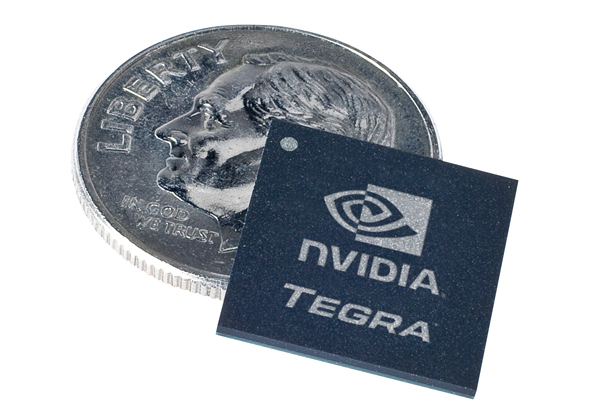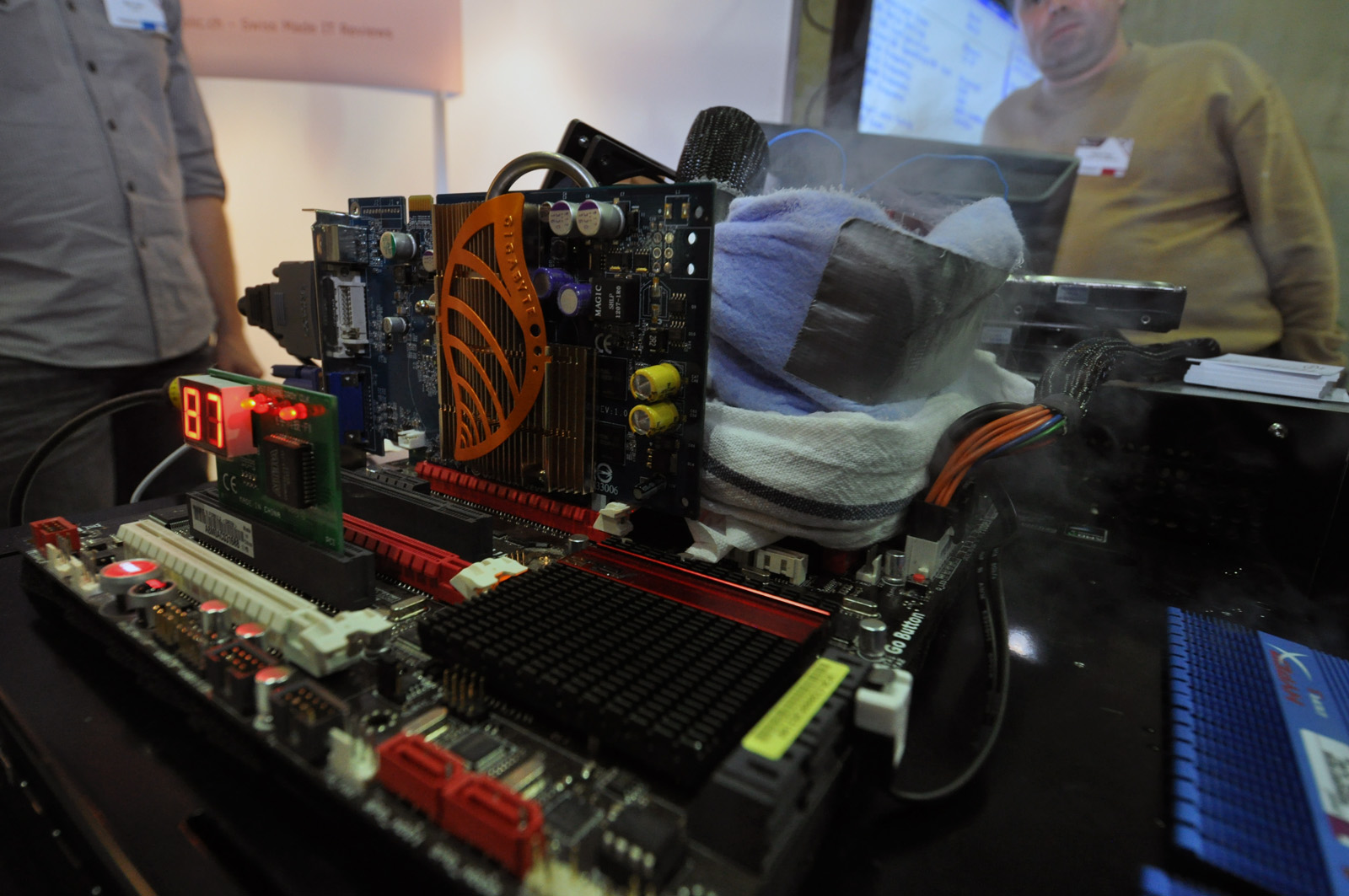News
 Let’s talk about gaming for a little bit. In the last couple of weeks we have watched the launch of the third installment in both the Battlefield and Modern Warfare franchises. These two games have been long awaited and have already spawned more than a few comments, arguments and in some cases violence. In addition to the happy news of these two game launches we heard that Steam’s servers were hacked and some user information was accessed. Each of these has been a significant event and deserves a little time.
Let’s talk about gaming for a little bit. In the last couple of weeks we have watched the launch of the third installment in both the Battlefield and Modern Warfare franchises. These two games have been long awaited and have already spawned more than a few comments, arguments and in some cases violence. In addition to the happy news of these two game launches we heard that Steam’s servers were hacked and some user information was accessed. Each of these has been a significant event and deserves a little time.
The first item up in our gaming recap is the incident with Steam’s servers. One of the things that has attracted users to Steam has been its perceived safety. Consumers can enter their information (credit card and billing etc) and purchase new items with relative ease. Many have also begun to enjoy the simplicity of being able to have their games installed on more than one computer without the need to tote DVDs or CD-ROMs around from machine to machine. Steam also hosts a large number of game servers and an online forum.
In one attack much of the safety and security that people felt using Steam has been crushed. When the news of this broke, before I had even read the whole article I found myself checking my credit card balance and then my account information. I am sure that more than a few people will discontinue using the service for purchases at least for the present.
Once the initial reaction passed I dug into it and found that user information was compromised. The attackers were able to gather user names, hashed and salted passwords. User purchase histories and encrypted credit card numbers were also accessible. So far Steam is saying that they do not think the encryption for the credit card numbers has been broken, but they do urge people to check their balances. This will affect Steam and now puts them into same category as the PSN and Xbox networks. Both of these have been hacked in the past with the loss of user information; looks like it is true that nothing that can be connected to via the internet is safe.
The next big gaming event was the launch of Battlefield 3. This long awaited game hit the internet to rave reviews which seemed to falter after a few people began to actually play the game. As it stands right now there are still complaints that there are areas of the game that simply cannot be gotten around unless have help. We have also heard that the game is relatively linear, but still a lot of fun. We have a copy and will be checking it out on our new gaming platform next week.
The final bit of information is the launch of Infinity Ward’s Modern Warfare 3. This game has had some very mixed reactions. These differing opinions have not stopped it from racking up about $400 million in sales so far. This is another one that we have in house and will be trying out in the coming week (we have a pressing project going right now). So far the complaints are; the single player game is too short, the graphics are still DX9 (meaning it is a console port again), some buildings and many of the textures have been reused for this game.
Still is has been an exciting couple of weeks for the gamers out there. We will bring you more information about the Steam hack as well as our thoughts on both Battlefield 3 and Modern Warfare 3 soon.
Discuss in our Forums
- Details
- By Sean Kalinich
- Hits: 2198
 Today is a good day for nVidia and their Tegra 3 SoC. Although we previously told you about the Asus Transformer Prime earlier it still bears repeating that today is the official launch. We can expect the new quad core Android Tablet to hit the stores in the US in December (let’s hope they make it before Black Friday). Unfortunately the rest of the world will have to wait a little bit.
Today is a good day for nVidia and their Tegra 3 SoC. Although we previously told you about the Asus Transformer Prime earlier it still bears repeating that today is the official launch. We can expect the new quad core Android Tablet to hit the stores in the US in December (let’s hope they make it before Black Friday). Unfortunately the rest of the world will have to wait a little bit.
For those of you checking your bank accounts we will update you with some more information on the new device. The Transformer Prime will be shipping with a Tegra 3 “Kal-el” SoC which packs four processing cores that runs between 500MHz and 1.4GHz. This dynamic allocation of performance is responsible for the great battery life that has been talked about on the web (by nVidia and Asus). If you are running HD video you will get a very nice 12 hours out of your battery.
Other specs include 1GB of RAM, a 1280x800 Super IPS Display protected by Gorilla glass, mini HDMI, an 8MP f/2 camera, and a MicoSD slot. It will ship with Honeycomb (3.2) but Asus has already promised an upgrade to Ice Cream Sandwich as soon as it is ready.
The Prime will come in two main flavors a 32GB model at $499 and a 64GB model at $599. Both will still bring you in under the cost for the same sized iPad 2.
The other exciting news from the Tegra 3 world is the confirmation that HTC is indeed making a smart phone with this quad core monster in it. So far the details are light but it looks like this new phone will have a 4.7-inch screen that will be capable of 720p HD resolutions. This will be the first phone from HTC that has not had a Qualcomm SoC under the hood so it will be interesting to see how it all turns out.
It looks like the Tegra 3 will enjoy a very good end of 2011 and a great 2012. We will try to get you more information on both of these products in the next few days.
Discuss in our Forum
- Details
- By Sean Kalinich
- Hits: 2250
 A report from ZDNet appears to be showing that Adobe might be dropping future efforts for their Flash Player in the mobile world. While there are probably more reasons for this than we will ever find out, the one that seems to be getting pushed is that Adobe is giving up on a losing battle. One site that offered this news to its readers even stated that Adobe Flash for mobile had only reached a fraction of the market. Well this is true as ½ is a fraction.
A report from ZDNet appears to be showing that Adobe might be dropping future efforts for their Flash Player in the mobile world. While there are probably more reasons for this than we will ever find out, the one that seems to be getting pushed is that Adobe is giving up on a losing battle. One site that offered this news to its readers even stated that Adobe Flash for mobile had only reached a fraction of the market. Well this is true as ½ is a fraction.
The original push to bring Flash to the mobile market was something of a pride thing between Adobe and Steve Jobs. At the same time we also saw Adobe working on hardware acceleration for some of their other plug-ins like Air and Edge. The thing is that as browsers both mobile and desktop move forward they are discovering (well they really always knew) that plug-ins are gigantic security holes, this is true for ANY plug-in not just Flash. If you follow security in the PC and mobile world at all you will find that this is very true and you will also see that browsers like IE, FireFox, Chrome and Safari are becoming les plug-in friendly. In fact FireFox 8 and the mobile FireFox have kicked out even more plug-ins than before.
This is Adobe’s motivation; they know that in the very near future they are going to have a very hard time getting their Flash plug-in to work at all. So they are kicking their work into CSS and HTML5 into high gear (something they should have done before). You will hear from multiple sites that this is Apple “winning out” or that Steve Jobs was right. Neither of these is completely true. Apple has yet to realize HTML5 for most of their sites and continues to use their proprietary QuickTime plug in for their movie trailer site and for much of the code on Apple.com (although the mobile is moving to HTML5). As for Steve Jobs being right; well the Adobe/Apple feud was about more than Flash on the iPhone. There was a time when Adobe optimized everything for Apple. If you wanted to run Photoshop with blazing speed, you bought a Mac. After Apple dumped the Power PC processor and forced Adobe to dump years of effort into optimizing for RISC (reduced instruction set) processors Adobe did an about face and began to optimize for Windows. To make matters worse after Apple jumped on the OpenCL bandwagon Adobe partnered up with nVidia to accelerate their applications with the closed source CUDA platform instead of the open standards found in OpenCL.
So you see this Flash Vs Apple war has been a long time in coming and it was the pride of two very large Egos that brought it out into the open. I am happy to see the plug-in go IF the replacement is more efficient and allows a better cross platform experience.
Source ZDNet
Discuss in our Forum
- Details
- By Sean Kalinich
- Hits: 2808
 Just as AMD and Intel like to talk about how high their CPUs can run so memory manufacturers want to show off how fast their stuff can go too. Recently two Swiss overclockers from Ocaholic.ch managed to pull off a couple of world records. The memory kit that managed to pull of this feat was Kingston’s HyperX 2544MHz (part number KHX2544C9D3T1FK2/2GX). This is a pretty fast dual channel kit all on its own but once the voltage and the liquid nitrogen started flowing things heated up quickly.
Just as AMD and Intel like to talk about how high their CPUs can run so memory manufacturers want to show off how fast their stuff can go too. Recently two Swiss overclockers from Ocaholic.ch managed to pull off a couple of world records. The memory kit that managed to pull of this feat was Kingston’s HyperX 2544MHz (part number KHX2544C9D3T1FK2/2GX). This is a pretty fast dual channel kit all on its own but once the voltage and the liquid nitrogen started flowing things heated up quickly.
The first world record was a blistering 3095 MHz at the low latency of CL6 set by Roger Tanner aka "splmann" and Marc Voser aka "Besi,". Tthis for those of you that are not familiar with what the CL number stands for let me explain a little. CL stands for Column Address Strobe Latency (sometimes referred to as CAS) it is represented by a number usually between 1 and 20. The number represents the amount of time between when the memory controller asks the memory to access a particular memory column and the time it is available for output; the lower the number the better.
When memory was slower it was easy to get a lower latency and make sure that the data was consistent. Now that we are hitting much higher frequencies and the memory controllers are on the CPU (and running at the same speed there too) it is becoming harder to keep these numbers low. This is what makes running memory at 3095MHz with a CL of only 6 so impressive. Right behind this feat was another record setting run, this time the CL was only 8 but the frequency went up a bit to 3175MHz.
Now while all of this was done with regular memory modules the amount of voltage used required some extra cooling. After all you can bet that they were not running the stock 1.5 volts through these modules to get the speeds they were reaching. So to keep things cool the HyperX modules were put into an aluminum and copper basin which was then filled with Liquid Nitrogen, just to keep things fun.
You can check out the pictures of the event over here
Validation for the 3095 CL6 run
Validation for the 3175 CL8 run
Source OCaholic.ch and Kingston
Discuss in our Forum
- Details
- By Sean Kalinich
- Hits: 2975
 If the name Charlie Miller sounds familiar to you it should. After all he is one of the researchers that has consistently found bugs and holes in Apple’s vaunted security. He is also a very frequent winner of the Pwn2Own competition where security experts and “hackers” alike compete to find the fastest way of breaking into a computer system. Charlie’s love for Apple and all of its devices has kept him in something of a love-hate relationship with the company for years, but recently things turned for the worse.
If the name Charlie Miller sounds familiar to you it should. After all he is one of the researchers that has consistently found bugs and holes in Apple’s vaunted security. He is also a very frequent winner of the Pwn2Own competition where security experts and “hackers” alike compete to find the fastest way of breaking into a computer system. Charlie’s love for Apple and all of its devices has kept him in something of a love-hate relationship with the company for years, but recently things turned for the worse.
After the discovery of a flaw in Apple’s Mobile Safari that allowed the execution of unsigned code Miller reported this to Apple. He did this on the 14th of October and never received any word back on it. To further demonstrate the seriousness (and apparent ease) of this new flaw Miller submitted an app that had the malicious code packed inside. The App, which was disguised as a stock ticker, was approved by Apple and set up for distribution in the walled garden of the iTunes App Store. Miller was able to use the App to execute his code and take control of core functions of the phone.
For his troubles Miller was unceremoniously dropped from the Apple Developers Program for violating the terms of the agreement (which he really did do). The problem with this type of action from Apple is that it makes them seem like they do not want to admit or address serious security issues inside their operating systems. Miller has sent off an email asking for clarification stating “I’m mad, I report bugs to them all the time. Being part of the developer program helps me do that. They’re hurting themselves, and making my life harder.”
Miller feels that this is one of the changes that are coming after the passing of Steve Job and the new management. “I miss Steve Jobs,” he says. “He never kicked me out of anything.”
Source Forbes
Discuss in our Forum
- Details
- By Sean Kalinich
- Hits: 2887
More Articles …
Page 545 of 570



